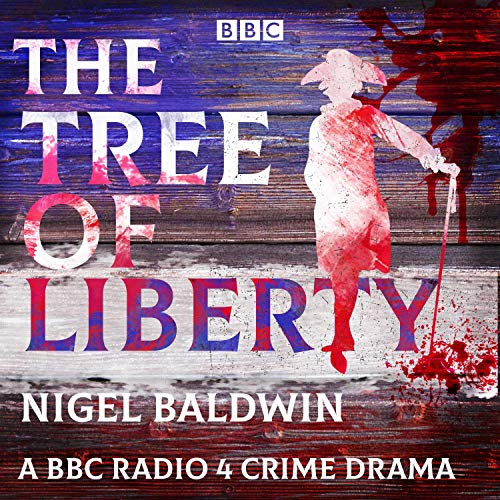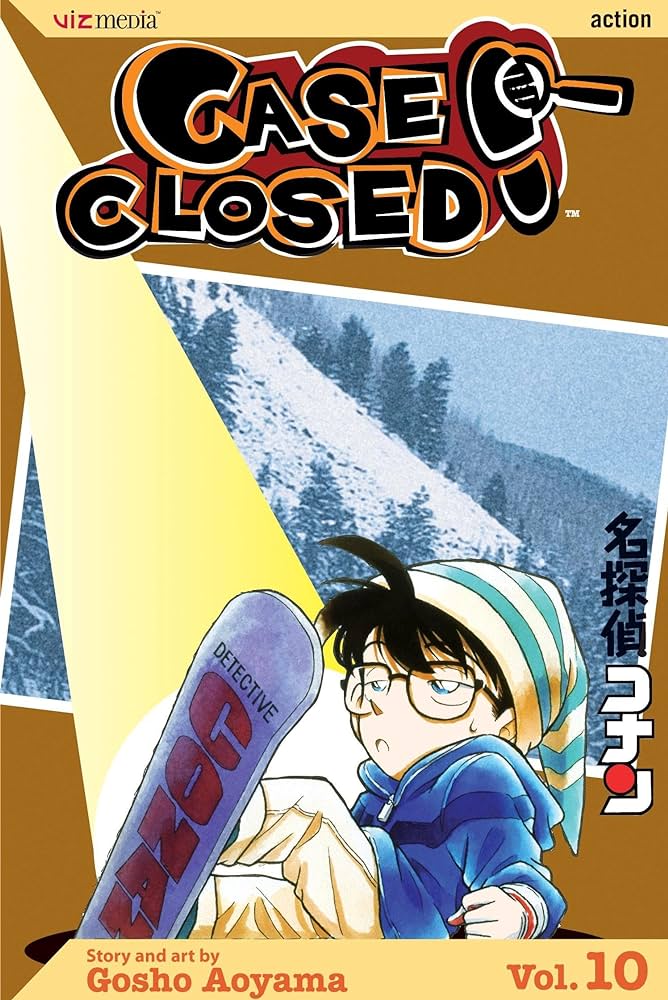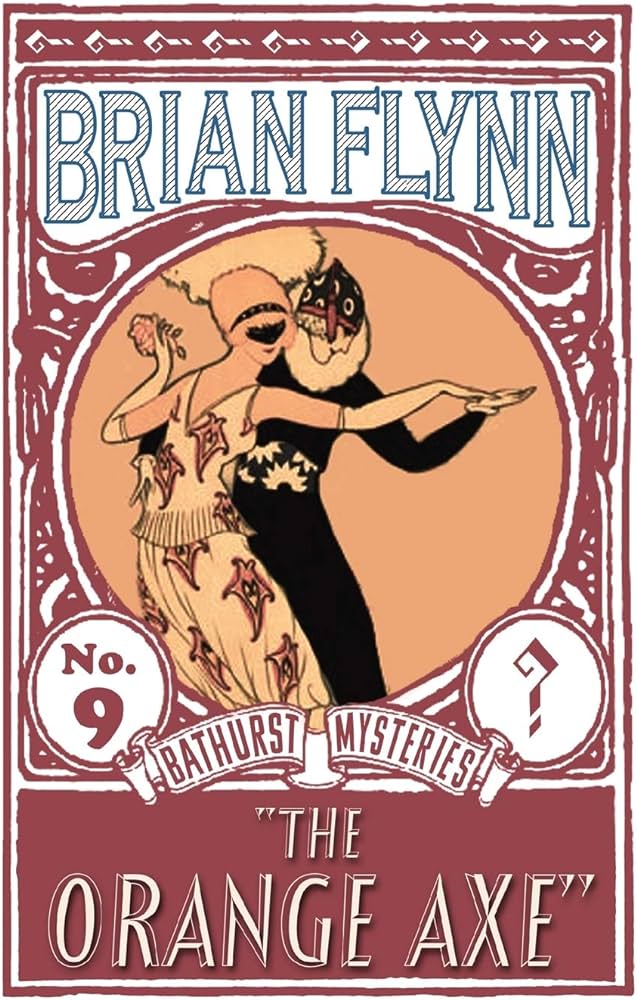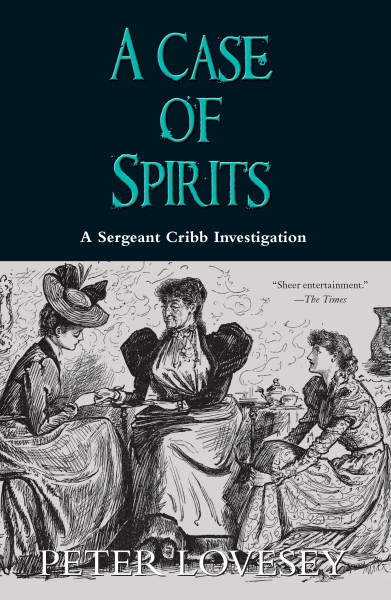
Originally published in 1934
Hercule Poirot #11
Preceded by Murder on the Orient Express
Followed by Death in the Clouds
Also known as Murder in Three Acts (original US title) though there are apparently some plot differences between the original UK and US editions outlined on the All About Agatha podcast. Beware it will spoil both versions though!
Sir Charles Cartwright should have known better than to allow thirteen guests to sit down for dinner. For at the end of the evening one of them is dead – choked by a cocktail that contained no trace of poison.
Predictable, says Hercule Poirot, the great detective. But entirely unpredictable is that he can find absolutely no motive for murder.
For the past few years I have maintained on this blog that I have read all of the original Poirot novels. When I started to read Three Act Tragedy however it quickly became apparent to me that might not actually be the case as I remembered next to nothing about the case. Could it be another case of faulty memory? Perhaps. I certainly have heard a radio adaptation of it so I ought to have been able to recall more than I did. Not that it really matters because whether I have read it before or not, it felt entirely new to me and that was a very exciting feeling!
The story begins with the retired actor, Sir Charles Cartwright, about to entertain a group of guests for dinner. There are thirteen in the party so his secretary suggests that she should join the party to prevent any worry from the more superstitious members of the gathering. In the end however tragedy still strikes when the mild-mannered Reverend Babbington drops dead from nicotine poisoning moments after drinking a cocktail. There is no trace of poison in the glass, nor any in the food served at dinner. Adding to the confusion, it is hard to imagine any motive why someone might want the elderly clergyman dead.
There is lots to love about the circumstances surrounding the opening murder. For example, this is a case where Poirot is present from the beginning and while his role elsewhere is rather limited, it does mean that he is not relying on third party observations. He has met all of the players involved and so when he fails to even detect that it might be murder, which of course it is because Agatha Christie didn’t write novels about people dying from heavy smoking (Tuberculosis in Three Acts?), it demonstrates just how clever this puzzle is and how challenging it will be for Poirot to solve it.
One knock that people will often make against Christie’s writing relates to her characterizations. Three Act Tragedy is the perfect evidence to offer to refute that claim. Each of the characters present at Sir Charles’ party, who will either serve as surrogate sleuths for Poirot or make up our circle of suspects, feel dimensional and well-observed. There is certainly little sense that anyone is present just to make up the numbers and flesh out the circle a bit.
Several characters are related to the world of entertainment, which allows Christie a little opportunity to comment on aspects of that profession, and there is also some discussion of life in the Cornish countryside. For instance, Lady Mary Lytton Gore, a woman living in difficult financial circumstances, reflects on how she is not able to take her daughter (who is nicknamed Egg) to the city where she would meet a variety of different men. Instead she likely has two options – either the young mechanic Oliver who is regarded as a communist or the much older Sir Charles.
What struck me most about the attention to characterization here is that it also applies to Poirot himself. While he appears relatively little, we are actually given something of a description of Poirot’s life and career as well as an explanation for some of his quirks as an investigator. Quite why this was the book that did that, I am not sure, but it is interesting and helps to make him seem a little more human and sympathetic than he often appears.
As I suggested earlier, the death of Babbington is simply the opening murder – the first of our three “acts”. I do not intend to identify the victims of the subsequent murders except to say that I think the choice of victims are surprising and that only adds to the sense that this is a particularly baffling crime. Were I less familiar with some of the elements and ideas that recur frequently in Christie’s work I am sure I would have been completely stumped by this one and in understanding the relationships between the three murders.
I previously referred to Poirot’s limited role in this story and the presence of some surrogate sleuths so let’s discuss the manner of the investigation here. In this story Poirot learns of the second death after the fact and at a point where several other characters have decided to undertake their own investigation. One of these, Mr. Satterthwaite, had previously appeared in The Mysterious Mr. Quin short stories a few years earlier. He is not unintelligent but he does have some qualities that mark him as being quite Hastings-like, such as the way he reads the evidence in front of him. Poirot describes him as being like an audience member at the theater and that is not inaccurate – he is highly perceptive and notices details but also rather credulous. I rather liked him by the end of the story, particularly when paired with Sir Charles, and would have liked to have seen him appear again alongside Poirot.
Also investigating the case is Egg who has used it as a pretext to spend time with Sir Charles. The pair conduct interviews with witnesses and while clearly nowhere near as sharp as Poirot, they are quite entertaining to follow. I particularly enjoy a sequence in which Egg uses deception to try and get some answers out of a witness. Did I really expect them to get to the solution themselves? Perhaps not, but I did like the setup with those two characters working together and how it allowed their romance subplot to feel not just entertaining but important to the central mystery plot.
Of course, while Poirot stays in the background content for these other sleuths to divide the work up between them that situation cannot stay forever. Inevitably Poirot eventually takes control of the proceedings and he will be the one to provide the explanation of what happened. The downside of this approach is that we do not spend much time with him but I think the time we do get feels all the more significant as a result, helped by some of the actions he takes once he gets involved (my favorite being the sequence in which he throws a small sherry party).
I have already described the puzzle here as challenging and it remains so right up to the end. While I may have been able to identify the guilty party and even something of their motives, the how of the matter is really quite clever and uses an idea that is used again later in one of my favorite Christie novels, albeit in a slightly different way. Its use here is just as good though and there are some other clever elements that are unique to this novel.
Do I buy everything about that solution? Well, I think that the motive will be problematic for some readers. This resulted in some changes being made for the American edition. I have not read that version of the text myself so I can’t speak to the details other than to say that based on the description it takes something admittedly quite far-fetched and substitutes for it something that seems like it would be quite an unsatisfying ending.
Personally I quite like the explanation we get. It reminded me a little of one of my favorite novels (as well as possessing some similarities to another Christie novel I adore – can’t say which ones without spoiling) and I appreciated how clever and original the method used feels. It is smart, fair and as far as this reader is concerned one of her best puzzles in terms of how it is worked mechanically.
Overall then I found this to be a thoroughly enjoyable read. Perhaps the icing on the cake is the last paragraph which is for my money one of the best and most in character endings to any Poirot novel.
The Verdict: Very cleverly plotted with some great characterization.
This counts towards the Murder by the Numbers category in the Golden Age Vintage Scattegories challenge.




Leave a reply to Aidan Cancel reply